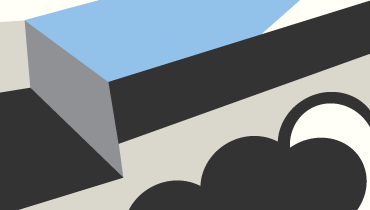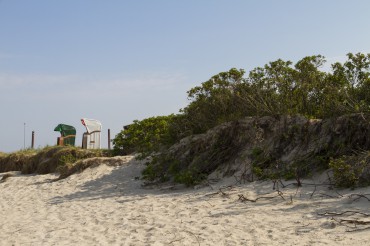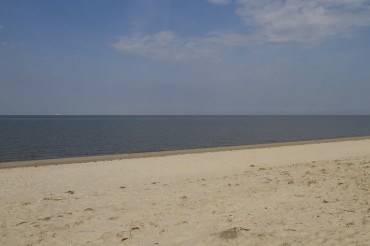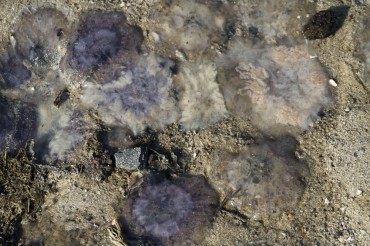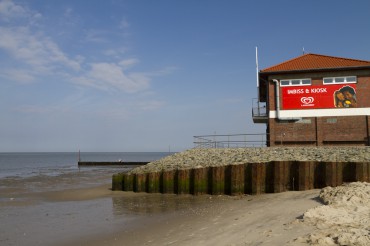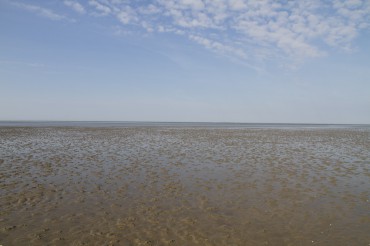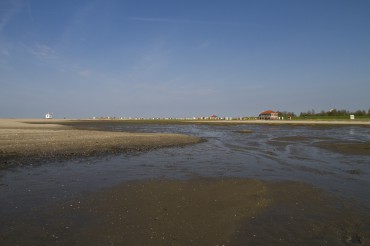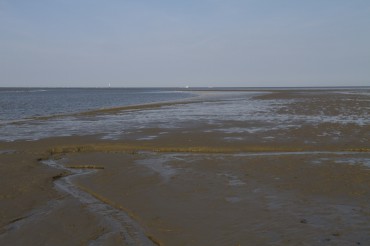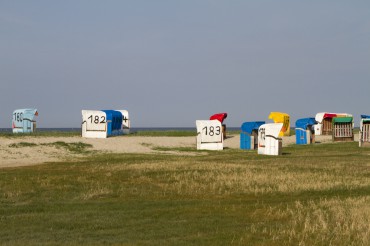Since the beginning of April, we’ve been staying in Wilhelmshaven, near the harbour. Last Wednesday, as sun was forecast at about the time of high tide, we took an afternoon off and went to the nearest beach at Hooksiel.
Until a few years ago, the closest beach would have been the Genius beach, formed from the Genius sandbank in the 1930s with the dyking of the coast north of the city and the development of the naval base. The Genius beach was lost, however, with the construction of Germany’s only deep-water container port, the JadeWesserPort, between 2008 and 2012: a project which so far seems to have been a folly. From what I read, very few shipping companies have wanted to move their operation to Wilhelmshaven, despite the deep water of the Jade estuary, and while the city has gained little in the way of industry, it has lost one of its few tourist attractions.
Although there is no longer any beach in Wilhelmshaven, Hooksiel is only 20-minutes drive away. The village is one of a number of small harbours in this region whose name ends with the word “Siel”. This can be translated into English as either “sluice” or “sewer”, and is where the water drained from the once-marshy hinterland runs out into the mudflats.
As all beaches on this stretch of coast, the sandy shoreline here is artificially formed, existing only since the 1970s. The construction of a dyke along the muddy Wadden Sea west of Hooksiel, created a polder (or “Groden” in the local language) from the saltmarshes and the beach on its seaward side.
We arrived just after high tide at 14:40. Sitting for a while on the sand, it was not long before the tranquil estuary waters receded leaving only mud beyond the beach. The tide had washed up hundreds of blue jellyfish (Cyanea lamarckii), whose flabby carcasses gave us a marker of how far the sea had come in.
On our previous visit to Hooksiel at the beginning of the month, we had been a little underwhelmed by the beach. Perhaps it was the rare bit of sunshine and the mild temperature, but it seemed altogether more pleasant this time, particularly as it was midweek and only the end of April, so the place was still fairly free of other visitors.
As the water ebbed away, it gave us a chance to walk out on the newly exposed surface. Out in the estuary, we could see the shape of the seabed with its numerous channels and banks, and watch as lugworms burrowed around us, their casts erupting from the sand and mud.
We decided not to stay late at Hooksiel, as we were celebrating Walpurgis night and wanted to get back. Stopping briefly for battered fish in the village, we took the main road back to Wilhelmhaven. Looking at the map in hindsight, I noted that, on our next trip in this direction, we should instead follow the coastal road across the Voslapper Groden.
